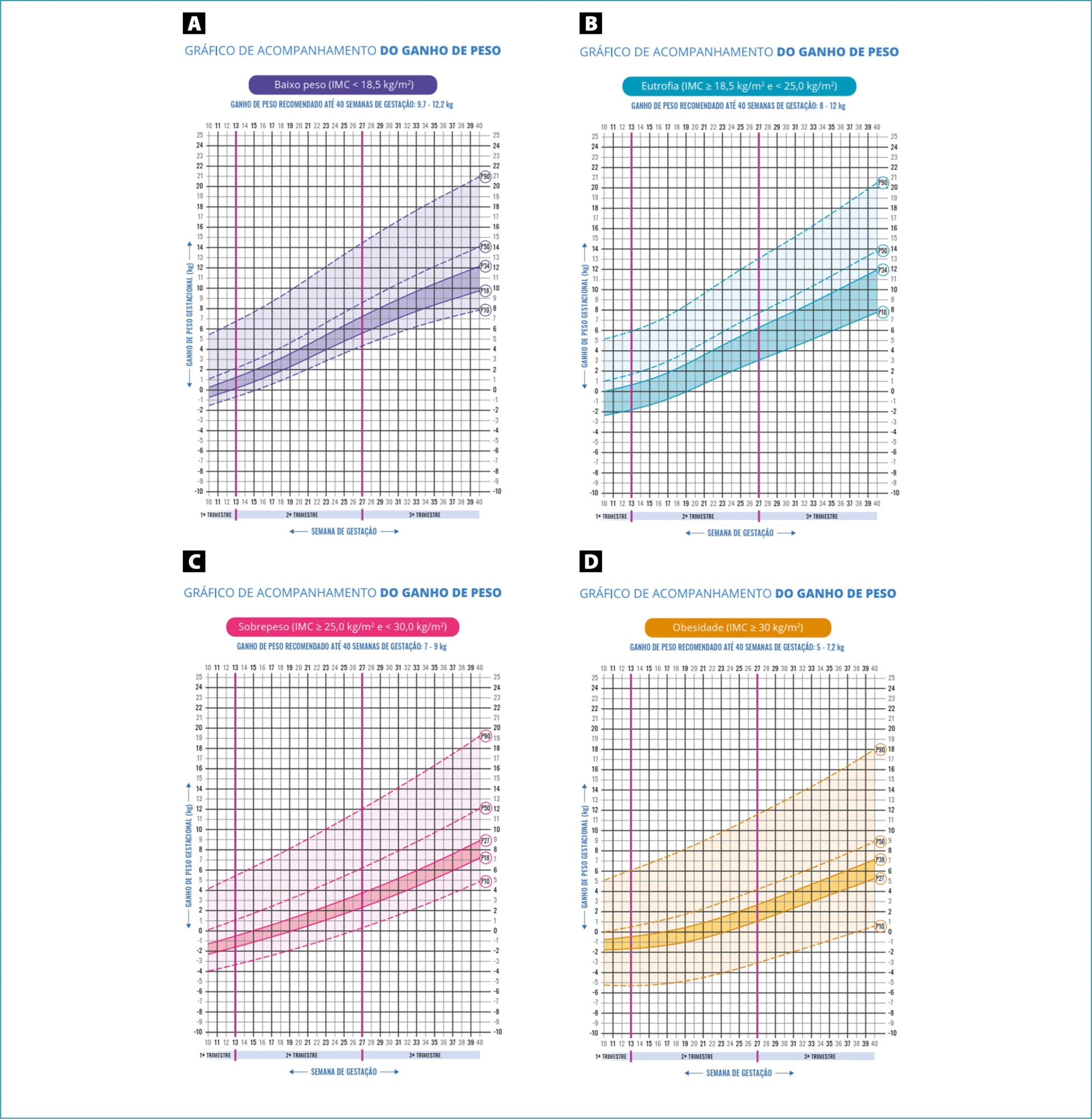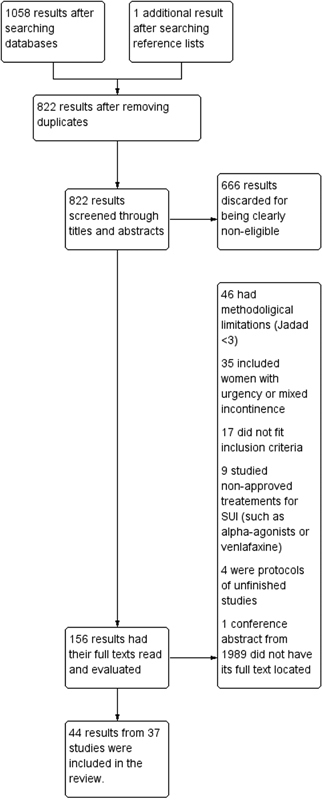-
Original Article08-07-1999
Ampicillin prophylaxis in premature rupture of membranes: randomized and double-blind study
Revista Brasileira de Ginecologia e Obstetrícia. 1999;21(5):251-258
Abstract
Original ArticleAmpicillin prophylaxis in premature rupture of membranes: randomized and double-blind study
Revista Brasileira de Ginecologia e Obstetrícia. 1999;21(5):251-258
DOI 10.1590/S0100-72031999000500002
Views79See morePurpose: to evaluate whether prophylactic use of ampicillin could avoid or reduce maternal and perinatal infectious morbidity caused by premature rupture of membranes (PROM), and to extend the gestation period in those women. Methods: this was a prospective, randomized and double-blind study, carried out evaluating 121 pregnant women with PROM, randomized into two study groups. The treatment group (61 patients) received ampicillin and the control group (60 patients) received placebo. The placebo had the same characteristics as ampicillin (kind of packaging and color of the capsules) and was used in the same time regimen. The considered parameters for maternal infection were febrile morbidity (fever index), and the presence of chorioamnionitis and/or endometritis. The studied neonatal parameters were Apgar score (1st and 5th minutes), bacterial colonization of auditory canal, and blood culture. The statistical tests performed were Fisher’s exact test, Wilcoxon, and chi². Results: it was observed that ampicillin did not prolong the gestation, nor did it reduce the postpartum febrile morbidity or the rates of chorioamnionitis and/or endometritis. Ampicillin did not reduce the perinatal infectious morbidity nor improve the birth outcomes. All these results were consistent in cases of less than 72 h PROM. The limited number of cases with time of PROM greater than 72 h did not permit statistical analysis free of type II error. Conclusions: based on these results it was possible to conclude that the prophylactic use of ampicillin by pregnant women with less than 72 h PROM did not reduce either infectious maternal or perinatal morbidity. However, the presence of group B Streptococcus agalactiae in the blood culture from a neonate in the control group showed the necessity to start antibiotic treatment of pregnant women colonized by this microorganism.
PlumX Metrics
- Citations
- Citation Indexes: 1
- Policy Citations: 1
- Usage
- Full Text Views: 19522
- Abstract Views: 1278
- Captures
- Readers: 12
-
08-07-1999
A FEBRASGO abraçando o Brasil…
Revista Brasileira de Ginecologia e Obstetrícia. 1999;21(5):250-250
Abstract
A FEBRASGO abraçando o Brasil…
Revista Brasileira de Ginecologia e Obstetrícia. 1999;21(5):250-250
-
Original Article08-03-1999
Timing of surgery during menstrual cycle, late results and disease-free: survival rates in 130 patients with preast carcinoma
Revista Brasileira de Ginecologia e Obstetrícia. 1999;21(6):323-326
Abstract
Original ArticleTiming of surgery during menstrual cycle, late results and disease-free: survival rates in 130 patients with preast carcinoma
Revista Brasileira de Ginecologia e Obstetrícia. 1999;21(6):323-326
DOI 10.1590/S0100-72031999000600004
Views152See morePurpose: to offer new data for the conflicting reports which present different prognosis for patients with breast carcinoma, according to the timing of surgery in relation to the menstrual cycle. Patients and Methods: in a retrospective study on 451 premenopausal women with breast cancer, aged between 26 and 52 years, 130 cases were selected and followed for 60 months, at least. Sixty-eight were operated during the follicular phase and 62 in the luteal period, whose findings regarding clinical stages, axillary involvement and estrogen and progesterone hormonal receptor concentrations of the neoplasms were also analyzed. Results: the follow-up of 130 patients showed that 64.4% had a disease-free survival after five years and 43% exceeded 10 years. Subdividing the cases into 2 subgroups, according to the timing of surgery, the survival rates were different, 58.8% at 5 and 36.7% at 10 years, when the operation occurred in the follicular phase, and 70.9% and 50%, at 5 and 10 years, respectively, during the luteal period. Conclusions: in this study, the patients operated in the luteal phase reached higher survival rates than the women operated during the follicular period. However, these values were lower than those displayed by the classic prognostic factors of axillary involvement and tumor size.
-
Original Article08-03-1999
Pituitary down-regulation with the use of goserelin depot in cycles of controlled ovarian hyperstimulation for in vitro fertilization
Revista Brasileira de Ginecologia e Obstetrícia. 1999;21(6):311-315
Abstract
Original ArticlePituitary down-regulation with the use of goserelin depot in cycles of controlled ovarian hyperstimulation for in vitro fertilization
Revista Brasileira de Ginecologia e Obstetrícia. 1999;21(6):311-315
DOI 10.1590/S0100-72031999000600002
Views104See morePurpose: to verify the effects of the goserelin depot as GnRH agonist for hypophysis suppression, during the controlled ovarian hyperstimulation (COH) for in vitro fertilization and intrauterine embryo transfer (IVF & ET). Method: this is a prospective study of 110 cycles of 101 women. Goserelin depot was administered subcutaneously as a single dose; for some women (87 cycles) it was administered in the first phase of the menstrual cycle, and in 23 cycles it was administered in the luteal phase. The administration of menopausal gonadotropins was daily, until the identification of at least two follicles with a diameter equal to or larger than 18 mm; at this time the chorionic gonadotropin was administered and the follicular aspiration was programmed. Results: the women’s age average was 36.7 years (between 23 to 42 years). The main indications for IVF & ET were: tubo-peritoneal factor (75.2%), endometriosis (10.9%), ovulatory factor (7.9%), male factor (3.0%) and unexplained infertility (3.0%). Of the total of the cycles, 28 (25.5%) cycles were cancealed. In 7 cycles (8.04%), for which goserelin depot was administered in the first phase of the menstrual cycle, it was necessary to perform the ovarian cysts aspiration before beginning the ovulation induction. On the average, 3.3 embryos were transferred for each patient (1-5 embryos per woman). Of the total of 70 embryos transferred, 16 clinical pregnancies resulted (pregnancy rate: 22.85%). Conclusion: the goserelin depot administration is a useful alternative for pituitary suppression for IVF & ET, since its results are similar to those observed in the literature, and the patient does not need to come every day to receive medication, a fact of extreme importance in a public service.
-
08-02-1999
Aspectos histomorfométricos do endométrio de ratas adultas castradas após o uso de estrogênio, progestogênio e tamoxifeno
Revista Brasileira de Ginecologia e Obstetrícia. 1999;21(6):360-360
Abstract
Aspectos histomorfométricos do endométrio de ratas adultas castradas após o uso de estrogênio, progestogênio e tamoxifeno
Revista Brasileira de Ginecologia e Obstetrícia. 1999;21(6):360-360
DOI 10.1590/S0100-72031999000600013
Views59Aspectos Histomorfométricos do Endométrio de Ratas Adultas Castradas após o uso de Estrogênio, Progestogênio e Tamoxifeno[…]See more -
08-02-1999
Níveis de integrina anb3 no endométrio de mulheres usuárias do DIU T200
Revista Brasileira de Ginecologia e Obstetrícia. 1999;21(6):360-360
Abstract
Níveis de integrina anb3 no endométrio de mulheres usuárias do DIU T200
Revista Brasileira de Ginecologia e Obstetrícia. 1999;21(6):360-360
-
08-02-1999
Revisão e análise crítica de fibroadenoma da mama
Revista Brasileira de Ginecologia e Obstetrícia. 1999;21(6):359-359
Abstract
Revisão e análise crítica de fibroadenoma da mama
Revista Brasileira de Ginecologia e Obstetrícia. 1999;21(6):359-359
-
08-02-1999
Neoplasia intra-epitelial vulvar: estudo clínico e histopatológico
Revista Brasileira de Ginecologia e Obstetrícia. 1999;21(6):359-360
Abstract
Neoplasia intra-epitelial vulvar: estudo clínico e histopatológico
Revista Brasileira de Ginecologia e Obstetrícia. 1999;21(6):359-360
Search
Search in:
Tag Cloud
Pregnancy (252)Breast neoplasms (104)Pregnancy complications (104)Risk factors (103)Menopause (88)Ultrasonography (83)Cesarean section (78)Prenatal care (71)Endometriosis (70)Obesity (61)Infertility (57)Quality of life (55)prenatal diagnosis (51)Women's health (48)Maternal mortality (46)Postpartum period (46)Pregnant women (45)Breast (44)Prevalence (43)Uterine cervical neoplasms (43)







